Meet Yufan Xie | Architect, Musician, Media Artist

We had the good fortune of connecting with Yufan Xie and we’ve shared our conversation below.
Hi Yufan, can you talk to us a bit about the social impact of your business?
My educational journey from architecture to my current engagement in media arts has led to a critical observation: both academic and practical realms are entrenched in a dominant ocularcentric culture. This has fostered a system where narratives and technologies are predominantly conceptualized and implemented in static visual mediums, which inadvertently sidelines the rich tapestry of individual sensory experiences.
Recent advancements in spatial computing technologies, notably AR/XR, have expanded the scope of personal interaction, allowing narratives to be dynamically experienced by audiences through multisensory engagement. As a technologist and multimedia artist, I am committed to pioneering experiences anchored in acoustic culture. This approach transcends the need for complex, professional visual interfaces, democratizing narrative experiences.
My work seeks to empower users, shifting the locus of decision-making from the professional performer to the general audience, inclusively embracing groups such as the visually impaired. This emergent culture transcends any single technology or the auditory experience alone; it represents a fundamental shift in perspective that questions the prevailing visual bias in architecture, design, and the arts.
I advocate for a culture that reexamines the role and organization of sensory information, aiming to craft inclusive experiences that resonate on a personal level and contribute to the discourse on social justice.

Let’s talk shop? Tell us more about your career, what can you share with our community?
I am Yufan Xie, a multi-disciplinary designer and artist whose work lies at the confluence of architecture, computational design, and audio-visual performance. My focus is on unraveling the political undercurrents that influence decision-making processes and behavioral dynamics within multi-sensory narratives. By marrying sonification, visualization, and materialization with cutting-edge technologies like 3D printing, spatial audio, and mixed reality, I delve into the realm of audience-driven narratives and the interfaces of spatial instruments. Over recent years, I have been integrating the auditory culture into the visual domain and challenging sensory biases that stem from power dynamics within narratives.
Raised in an artistic household, I began my creative journey as an illustrator in my early education. Fueled by a passion for computer games, I spent considerable time on 3D modeling and kinetic handcrafts, which naturally led me to pursue an architecture degree at CAFA (Central Academy of Fine Arts). Later, my deep interest in parametric design propelled me to further my studies at USC Architecture in 2019. However, throughout my seven years in architecture, I felt a profound disconnect—a realization that struck me two years ago—stemming from the pervasive ocular-centric bias, particularly in architecture where sensory experiences often go unexplored or are inappropriately mediated. This culture prioritizes the visual, creating barriers and perpetuating inequality across education and practice.
My undergraduate studies sparked the concept of dynamic architecture as an “ever-changing system evolving through time.” Seeking refuge from the traditional architectural culture’s conservative constraints, I began coding research into generative models and followed the footsteps of creatives like Andy Lomas and Zaha Hadid. This led to my engagement with the parametric design lab at my school and culminated in a series of digital fabrication projects, including the sci-fi and bio-inspired sculpture project “The Unknown Cities” (2019) which consist of 4 sculptures about future cities and human-nature symbiosis.
At the same time, as my visual journey was built around computations and shapes, my journey of sound and interactivity started at 2017, when I made my first performance system in C# with MIDI controller and Touch OSC, bringing audiences through multiple indigenous scenes with live music. I started learning music production and sound design, exploring acoustical world with genres of jungle and IDM, meanwhile produced soundtracks for artists. As a self-taught musician, I’ve crafted sounds using keyboards and mice, which places me in the shoes of an audience. The intricate nature of instruments and interfaces, along with the musician-dominated narratives, has prompted me to consider the role that audiences participate in storytelling. Meanwhile, holding a skeptical opinion upon the concept of visualization and audio-visual performance, I doubt the pre-dominant ocularcentric culture which puts visual, static and linear narrative at the first place. I started questioning – what is the relationship between visual, music and architecture, or space? How do we explore narratives and interfaces by non-visual means of time and sound, beyond the general concept of visualization and materialization? How do we implement space as a means for acoustic narrative, which helps people, especially visually impaired person to participate decision making and production?
Based on such questions I began my current research path, and started innovating my own spatial DAW system throughout multiple projects since 2019: my undergraduate thesis GAP+(2019), a twin project consisting sound museum and spatial instrument, starting with the idea of “invisible space”, re-interpreting the filtered soundscape of alleyway as Live Set music structure into an aural architecture of historical memories, which was steered by audiences’ gestures; later, graduate thesis project Acoustic Garden (2021), which targets accessibility and experience for visually-impaired person in AR/XR, called out acoustical navigation by limiting visual space, linking user behavior and spatial sounds as an inter-dependent structure in space; then after encountering challenges in Acoustic Garden, of neuroscience process and perception capability of human brain, Maelstrom and Sonarium, both argue the “unperceptive” thresholds of sensory constraint and overload, in which noise and chaos are intentionally created, to question how we manipulate different sensory channels, and from which how we build new pattern recognition tool and augmented narratives.
This journey has highlighted the divide between the acoustic and visual realms, revealing differing cultural mindsets and the lack of a shared sensory language. These insights have informed my identity as both a temporal architect and spatial musician, blending architectural context with musical sequencing to place humans at the center of a sensory system. As an “event architect,” I advocate for public participation in narrative creation, tuning sensory thresholds to redefine individual access and influence within space.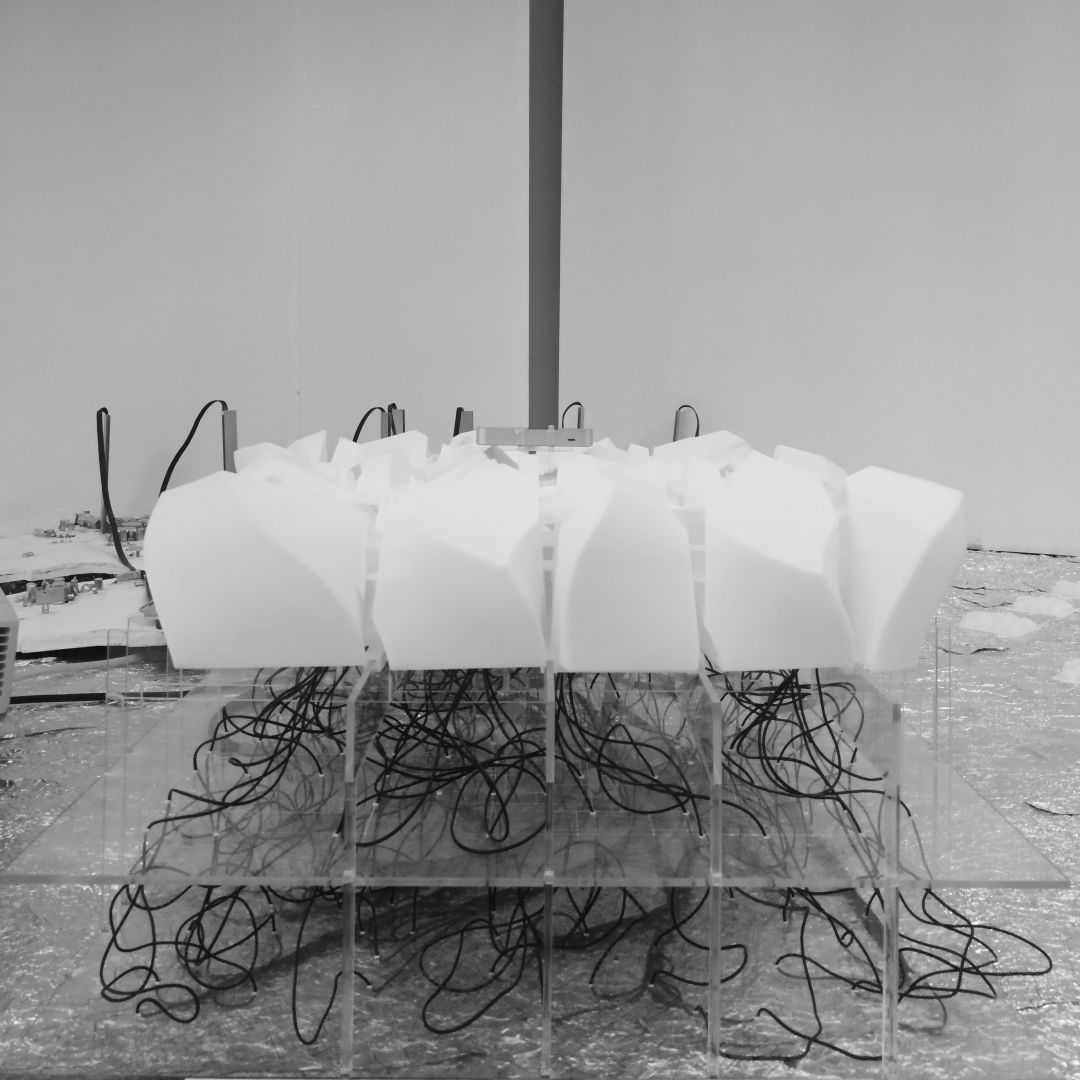
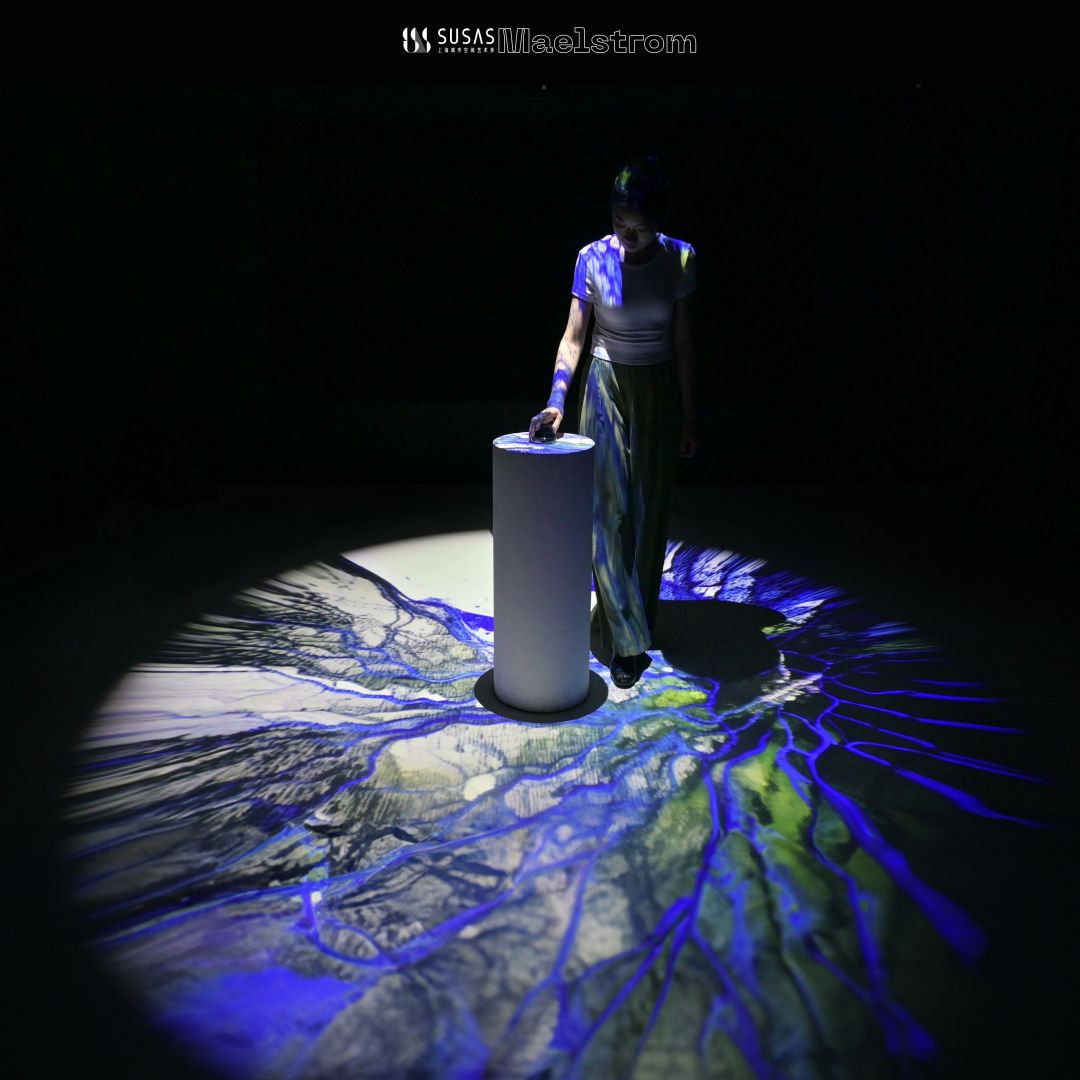
Any places to eat or things to do that you can share with our readers? If they have a friend visiting town, what are some spots they could take them to?
Griffith Park, Venice Skatepark, Walt-Disney Concert Hall.
For food I will bring them to Thai Town, where there are the best Thai foods among LA, such as Jotlada and Northern Thai Food Club. In San Gabriel there are a lot of things like Yumeet Hunan Resturant, Five Star Seafood Restaurant and Yuan’s Hotpot.
Artistically I will take them to The Broad and LACMA.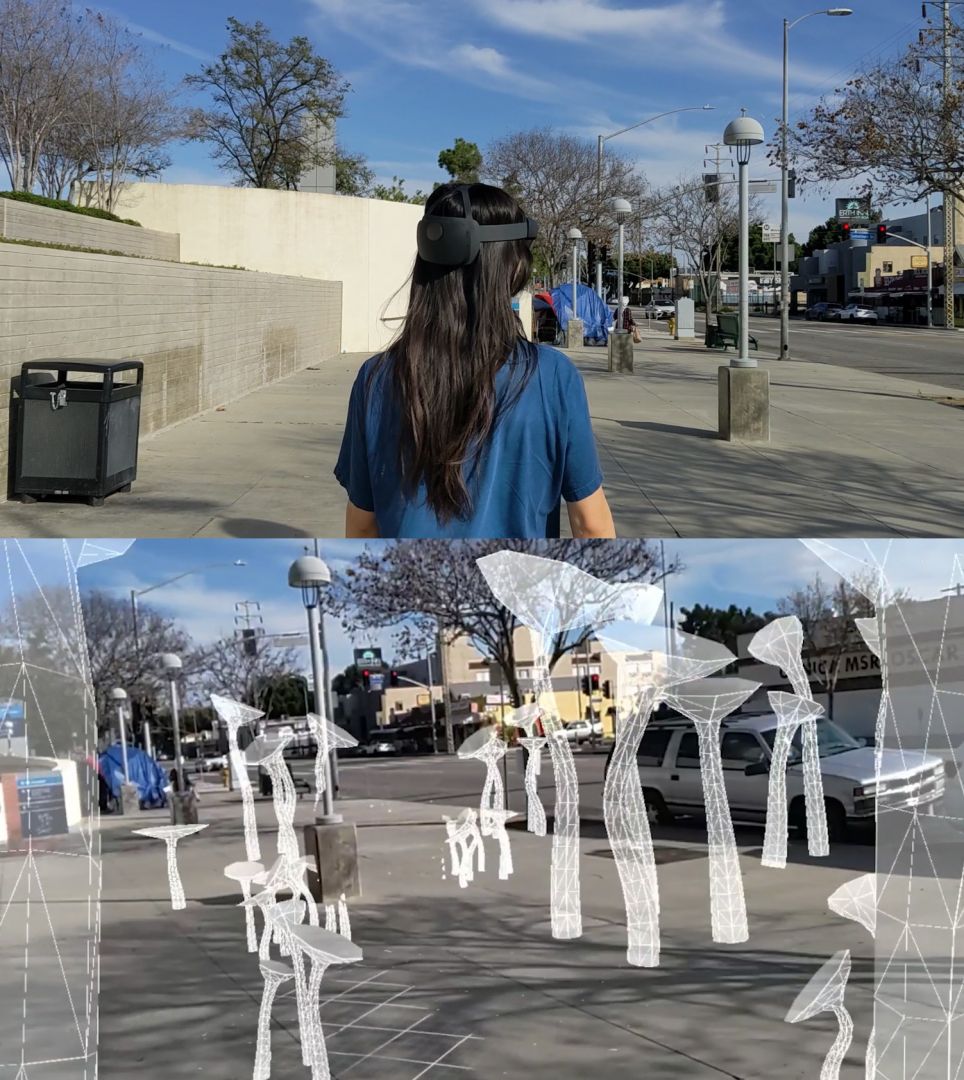
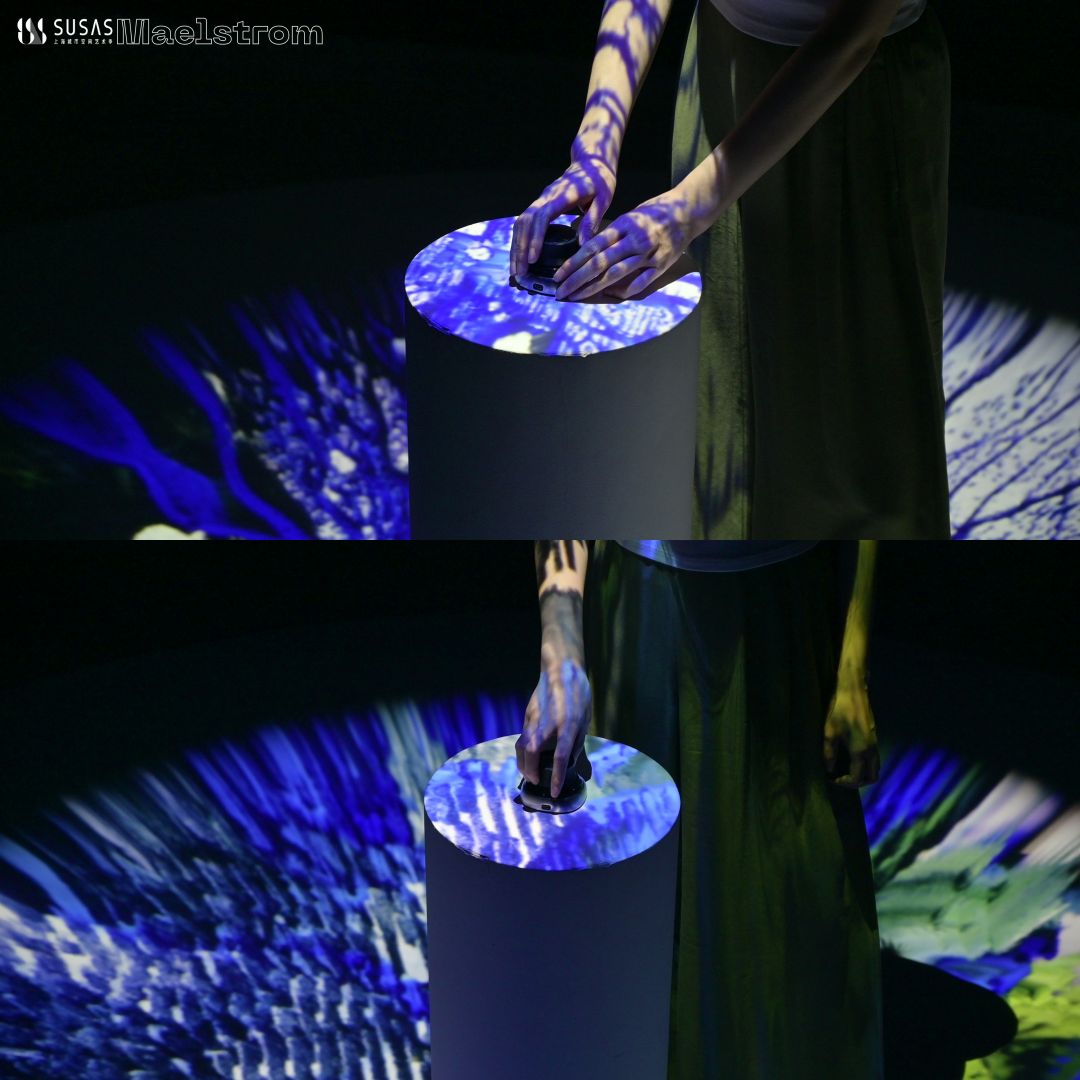
Who else deserves some credit and recognition?
I’m shouting out to architect community and media artists.
Credit:
Mel Lewis, my friend who share opinion and collaborate on projects
Lisa Little, my Graduate Thesis instructor.
My Parents, who supported the freedom of my explorations.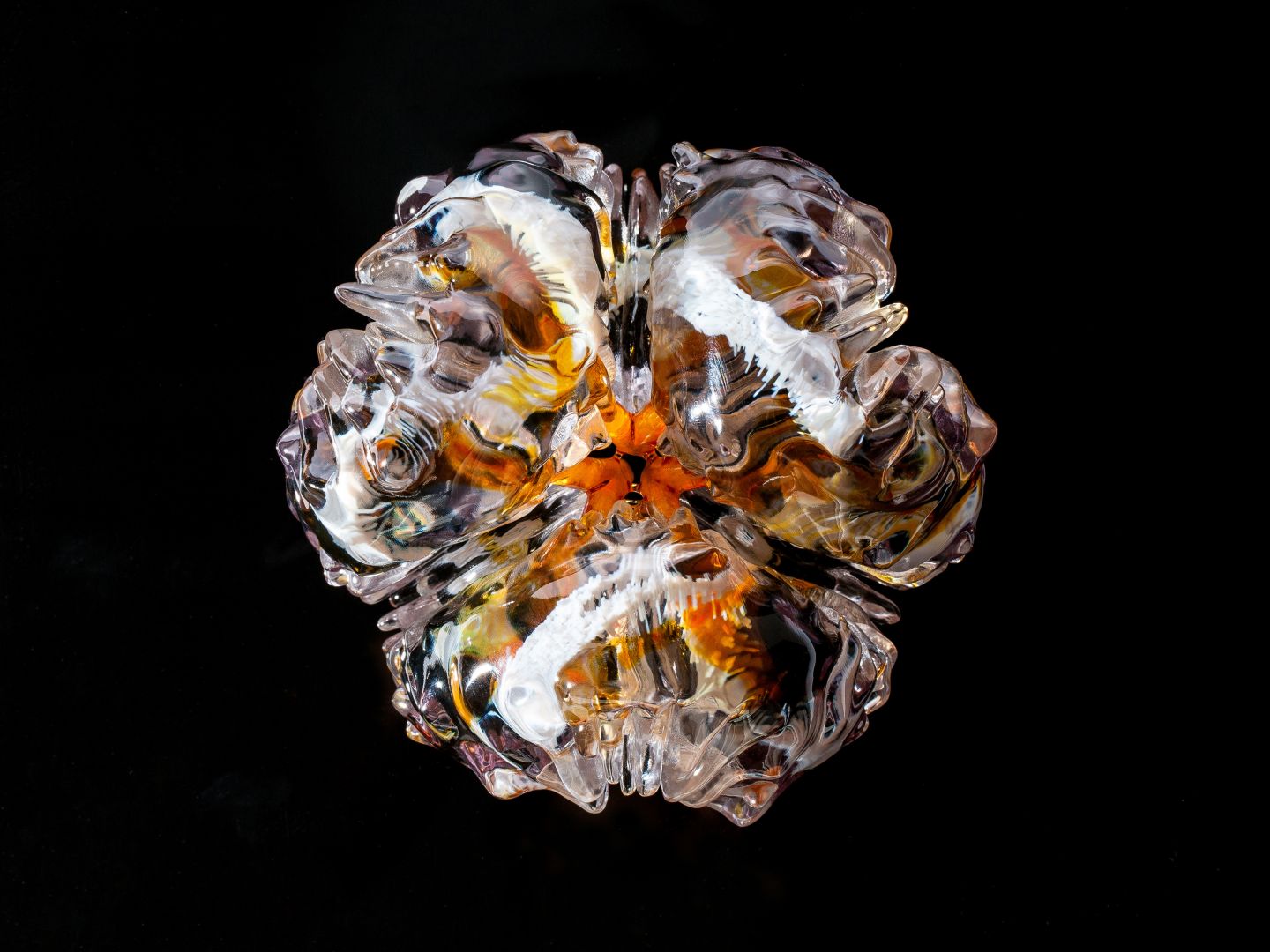

Website: https://yufanxie.com/
Instagram: @yufanxieuvn
Linkedin: Yufan Xie
Twitter: @yufanxieuvn
Youtube: https://www.youtube.com/channel/UCbRhRuDyOyhtnXbXro13LXw
Image Credits
Maelstrom team: Yufan Xie, Mel Lewis, Ziqian Yin, Wei Wu Photo of Maelstrom at SUSAS: Photographer: LeleTown Model: Xiaoxiao Zhao Unknown Cities team: Yufan Xie, Yan Wu, and Yu Chen
